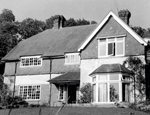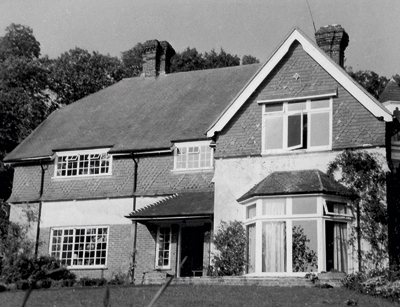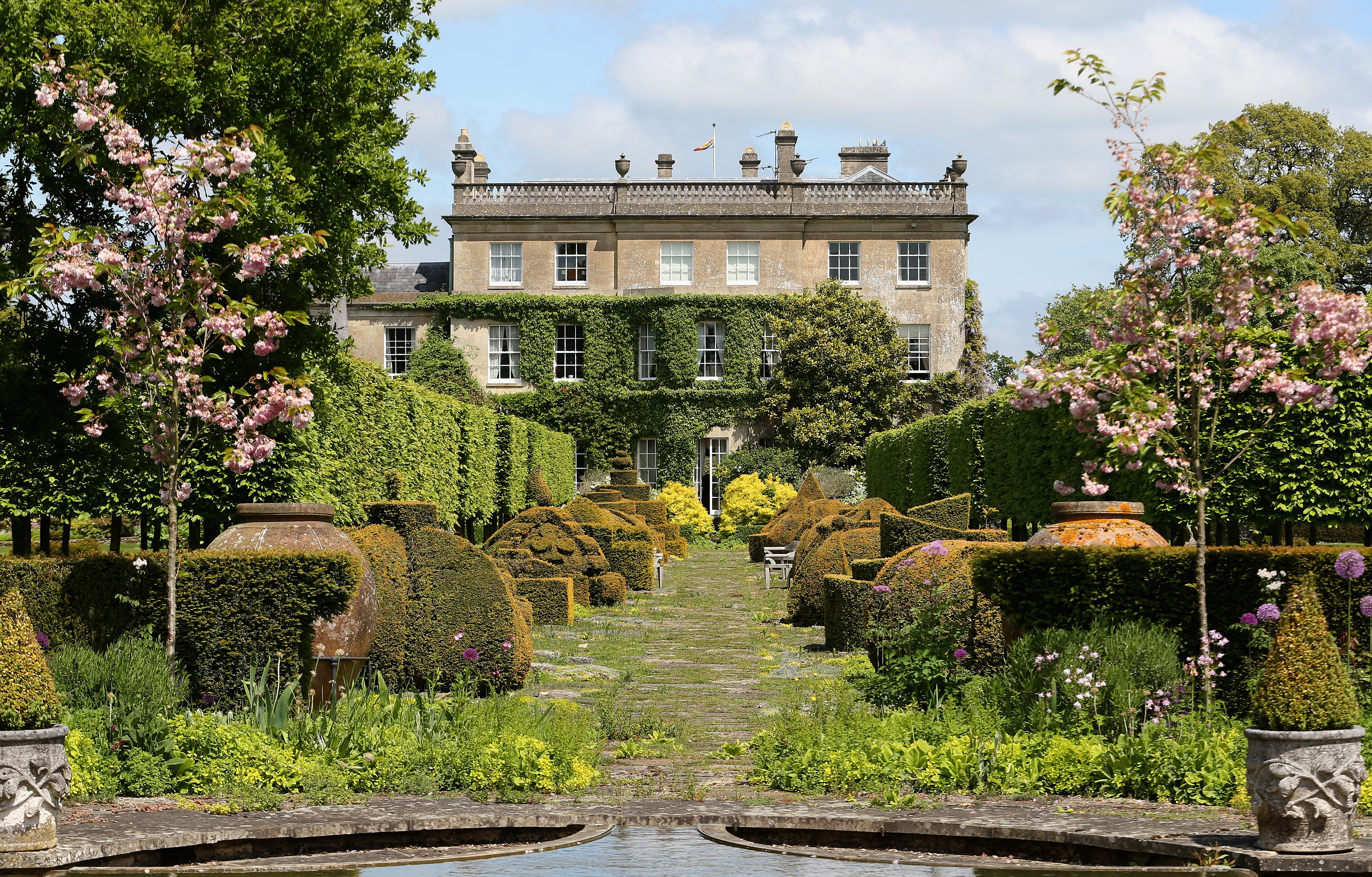The price of a country house, then and now
The multiples of their salary required by three generations of chartered surveyors to buy the same house illustrates the challenges facing the country house buyer today


On Thursday, September 11, 1952, the Goldaming office of the Surrey firm of estate agents and valuers H. B. Baverstock & Son put a house up for auction. The six-bedroom ‘modern country residence' had been built in 1869, and was located in the centre of the nearby village of Hambledon, in a raised position that afforded extensive views over the South Downs. It boasted amenities such as a ‘Triplex' range in the kitchen, ‘electric light and power' and a scullery with a sink.
The property came to the attention of a local chartered surveyor, Bernard Grillo, who was in his mid-forties and living nearby with his wife and two sons. For the princely sum of £3,600, which represented approximately the equivalent of 1½ times his annual salary, Mr Grillo secured the house for his family and duly moved in.
Fast-forward a few decades to 1971. Mr Grillo's eldest son, Tom, had followed in his father's footsteps and was working as a surveyor for the same firm, now known as Messenger May Baverstock. His parents decided the time had come to put the house-which they had renamed Beech Hill-on the market. One of the bedrooms had been converted into a bathroom, leaving the house with five bedrooms. The asking price was £24,000. ‘My wife and I thought about buying it then, but it was more than we could afford and also had several taboos in place-roller towels on the back of the kitchen door and suchlike-that would have been hard to change, so we left it,' explains Tom.
Some four years later, the owners put Beech House back on the market. ‘In the interim, I'd been made a partner in the firm, so my financial circumstances had improved, and we bought the house for £38,000,' says Tom, who by then had two sons of his own, James and Justin, and was aged 34. The asking price was approximately twice his annual salary. ‘I needed a small mortgage, so I walked across the road to see the manager at Abbey National, who recommended I took an interest-only mortgage with a bit of life insurance. There was little or no formality, as far as I remember.'

The family remained in the house for approximately seven years before putting it back on the market, asking for offers in the region of £125,000. It sold to a London-based solicitor. Leap forward another couple of decades to the start of the new millennium, and meet 30-year-old James, grandson of Bernard, son of Tom, and the third generation of Grillos to work as a chartered surveyor. ‘I was working for Lane Fox [which was bought by Strutt & Parker in 2007] in London at the time, when I noticed our old house, Beech Hill, was back on the market.
I wasn't looking for a family house and had no desire to move to Surrey at the time, but as it had passed through my grandfather's and father's hands, I couldn't resist taking a look,' explains James. ‘Although my grandfather and father had been able to buy the house either outright or using a very small mortgage, I calculated that, when the house sold that summer for £874,000, lenders would have needed to give me a mortgage of 17 times my salary for me to have been able to buy the house.'
According to a house-price website that records all the Land Registry data and works out the approximate values of houses in today's market, Beech Hill would now be worth approximately £1.5 million. Using a rather crude calculation, it means that if a chartered surveyor was again interested in buying the house, he would have to be on a salary of at least £430,000, assuming that he had no significant deposit or parental help.
Sign up for the Country Life Newsletter
Exquisite houses, the beauty of Nature, and how to get the most from your life, straight to your inbox.
Tom, who went on to set up his firm of chartered surveyors, Grillo LLP, in 1989, has witnessed the meteoric rise of house prices in commuterbelt Surrey over the past five decades. ‘It's a different world. What's happened is that the amount of money that people can earn in London has grown enormously, so the top end of the market here is occupied by stockbrokers, solicitors and hedge-fund managers-roles that didn't exist in 1960. Today, chartered surveyors of 35 or 40 can't aspire to own something of the stature of Beech Hill, even though they're earning what most people would consider to be good money.'
-
 Spam: The tinned meaty treat that brought a taste of the ‘hot-dog life of Hollywood’ to war-weary Britain
Spam: The tinned meaty treat that brought a taste of the ‘hot-dog life of Hollywood’ to war-weary BritainCourtesy of our ‘special relationship’ with the US, Spam was a culinary phenomenon, says Mary Greene. So much so that in 1944, London’s Simpson’s, renowned for its roast beef, was offering creamed Spam casserole instead.
By Country Life Published
-
 Sanderson's new collection is inspired by The King's pride and joy — his Gloucestershire garden
Sanderson's new collection is inspired by The King's pride and joy — his Gloucestershire gardenDesigners from Sanderson have immersed themselves in The King's garden at Highgrove to create a new collection of fabric and wallpaper which celebrates his long-standing dedication to Nature and biodiversity.
By Arabella Youens Published
